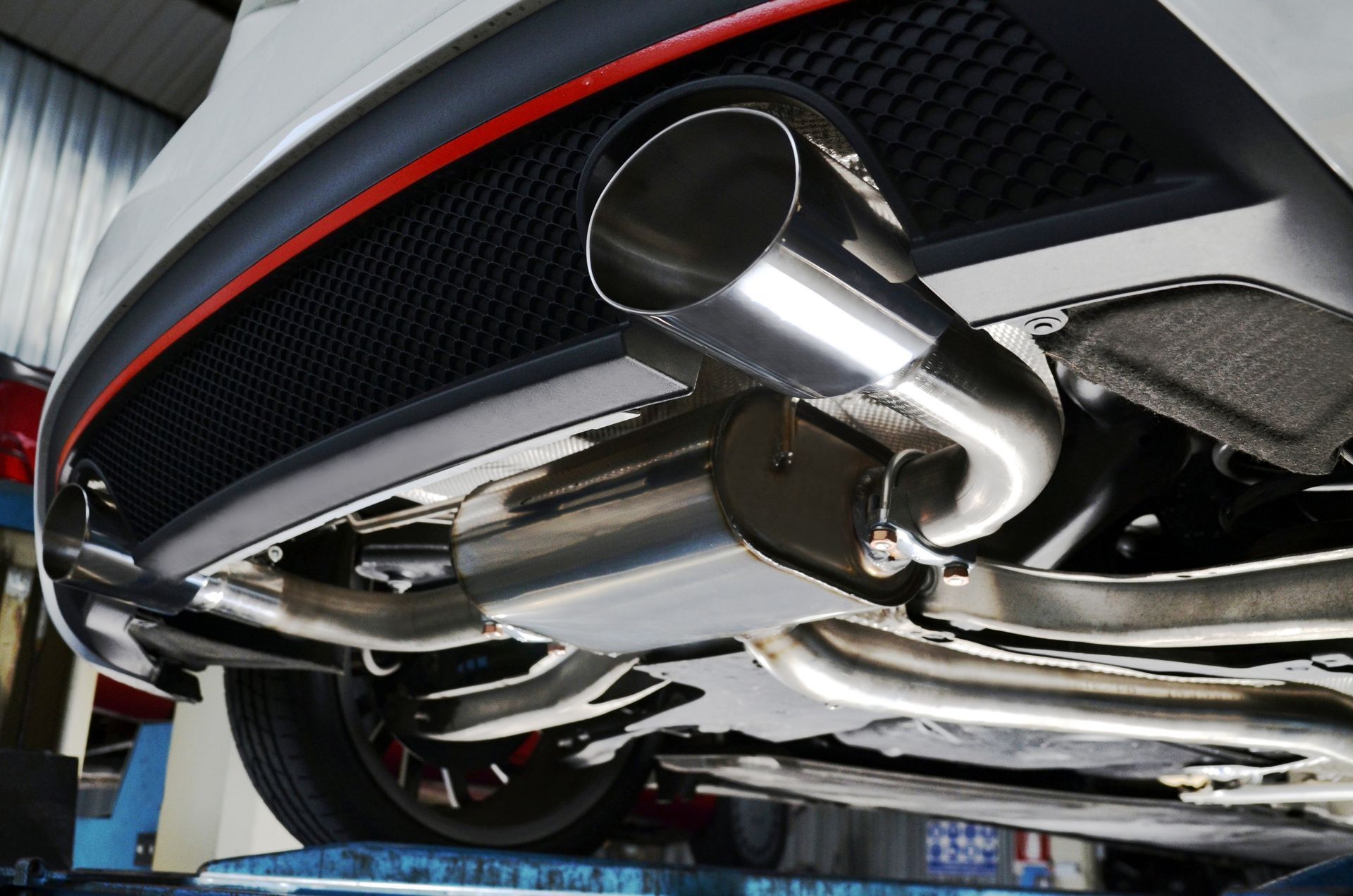A blown head gasket is a serious issue, but can you still drive your car if this happens? Let’s break down what a head gasket does, the risks of driving with a blown one, and what steps you should take to address this problem.
What is a Head Gasket
The head gasket is a crucial component of your vehicle’s engine. It sits between the engine block and the cylinder head, sealing the combustion chambers. This seal is essential because it prevents coolant and oil from mixing and ensures that combustion gasses stay within the combustion chamber. Simply put, the head gasket helps your engine run smoothly and efficiently by keeping everything in its proper place.
Signs of a Blown Head Gasket
Before deciding whether to drive with a blown head gasket, it's important to recognize the symptoms. Here are some common signs:
- Overheating Engine: If your engine is running hotter than usual, it might be due to a blown head gasket.
- White Smoke from the Exhaust: This indicates coolant leaking into the combustion chamber.
- Milky Oil: Check your oil dipstick or under the oil cap. If you see a creamy, milky substance, it’s a sign that coolant has mixed with the oil.
- Loss of Power: A blown head gasket can cause a noticeable decrease in engine performance.
Is Driving with a Blown Head Gasket Safe
Driving with a blown head gasket is highly risky and not advisable. Here’s why:
1. Engine Overheating
A blown head gasket often leads to coolant leaks, causing the engine to overheat. Continued driving under these conditions can result in severe engine damage, including warped cylinder heads or a cracked engine block.
2. Engine Damage
If the head gasket fails completely, the coolant and oil can mix, leading to a "milky" appearance in the oil. This mixture can cause substantial damage to the engine components, significantly increasing repair costs.
3. Reduced Performance
You may notice a loss in engine performance, including reduced power and efficiency. This is not only frustrating but can be dangerous if you need to accelerate quickly or drive in demanding conditions.
What to Do If You Suspect a Blown Head Gasket
If you suspect that your head gasket is blown, the best course of action is to stop driving immediately and seek professional help. Here’s what you should do:
- Pull Over Safely: If you notice symptoms of a blown head gasket while driving, pull over to a safe location as soon as possible.
- Check Fluid Levels: Inspect the coolant and oil levels. If you notice a significant drop or contamination, it’s a clear sign of a problem.
- Contact a Repair Shop: Schedule an appointment with TDC Automotive to diagnose and repair the issue. Driving with a blown head gasket can lead to further damage, so addressing the issue promptly is essential.
If you’re experiencing engine overheating or other signs of a blown head gasket, it’s time to get professional help. Visit TDC Automotive to have your vehicle checked out by experts who can get you back on the road safely.










